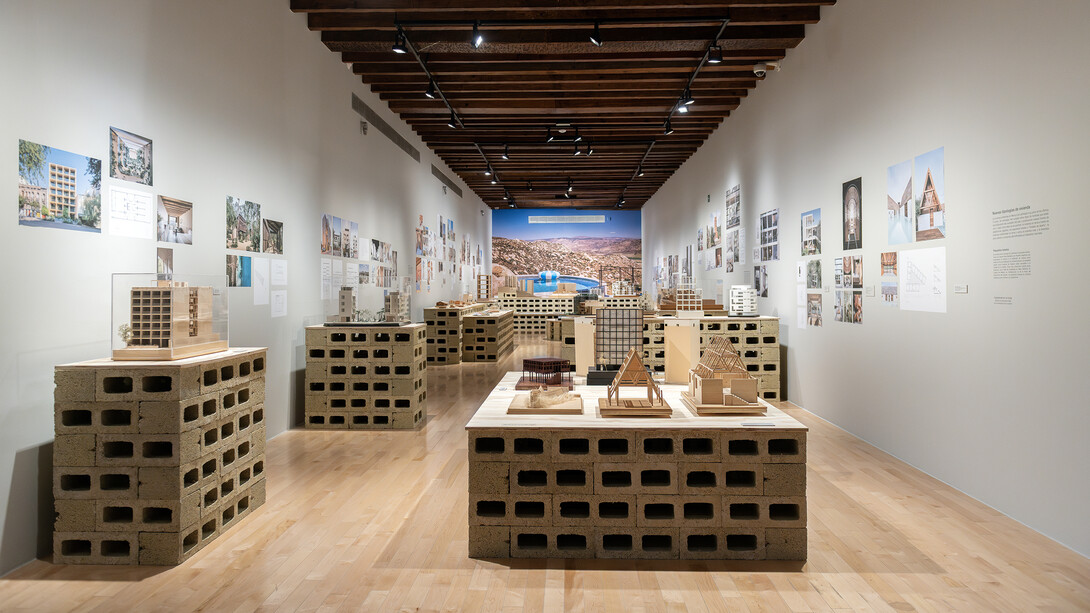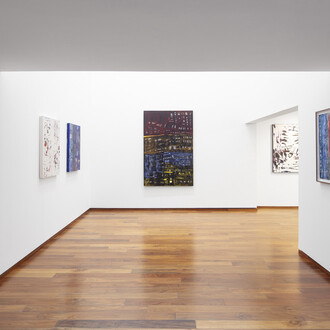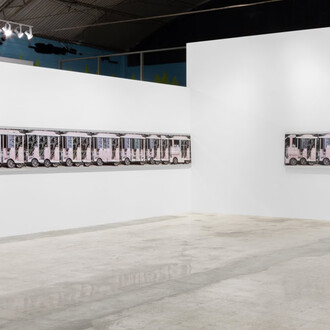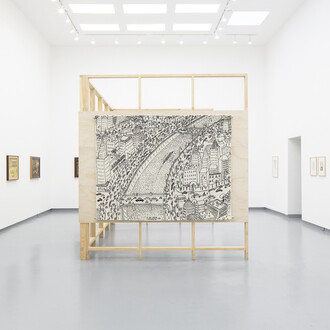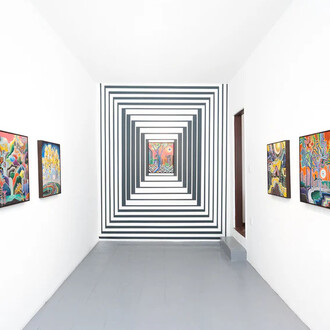Throughout the twentieth century, architects in Mexico debated the existence of a national architecture. Many sought to produce works that were at once modern and distinctly Mexican. This is not a central concern for today’s practitioners. Nevertheless, over the past fifteen years there have been striking commonalities across numerous works—despite the wide diversity of architectural schools in the country, the differing historical trajectories of its regions, and the rise of new clients and building types.
What formal and programmatic characteristics define this new architecture? If the buildings of the twentieth century—promoted largely by the State—helped integrate the country and expand access to public services, what social and political role does architecture play today? What circumstances does it respond to? What relationships and ways of life does it foster?
This exhibition explores answers to these questions through the comparative analysis of dozens of buildings. It demonstrates that the past fifteen years have been a period of remarkable creativity for Mexican architecture: never before in the country’s history has so much been built with such consistent quality. The emphasis is on architecture as a profession devoted to design and construction. It also considers the work of those who research and narrate the history of architecture, as well as those who, using the tools of the discipline, imagine the future. Like an atlas, the exhibition brings together projects and practices from across Mexico, created by members of different generations. It offers a broad, systematic view of an architectural practice with a distinctly national character.
(Text by Pablo Landa, Curator. “Producción Nacional realizada con el Estímulo Fiscal del Artículo 190 de la LISR [EFIARTES]”)
